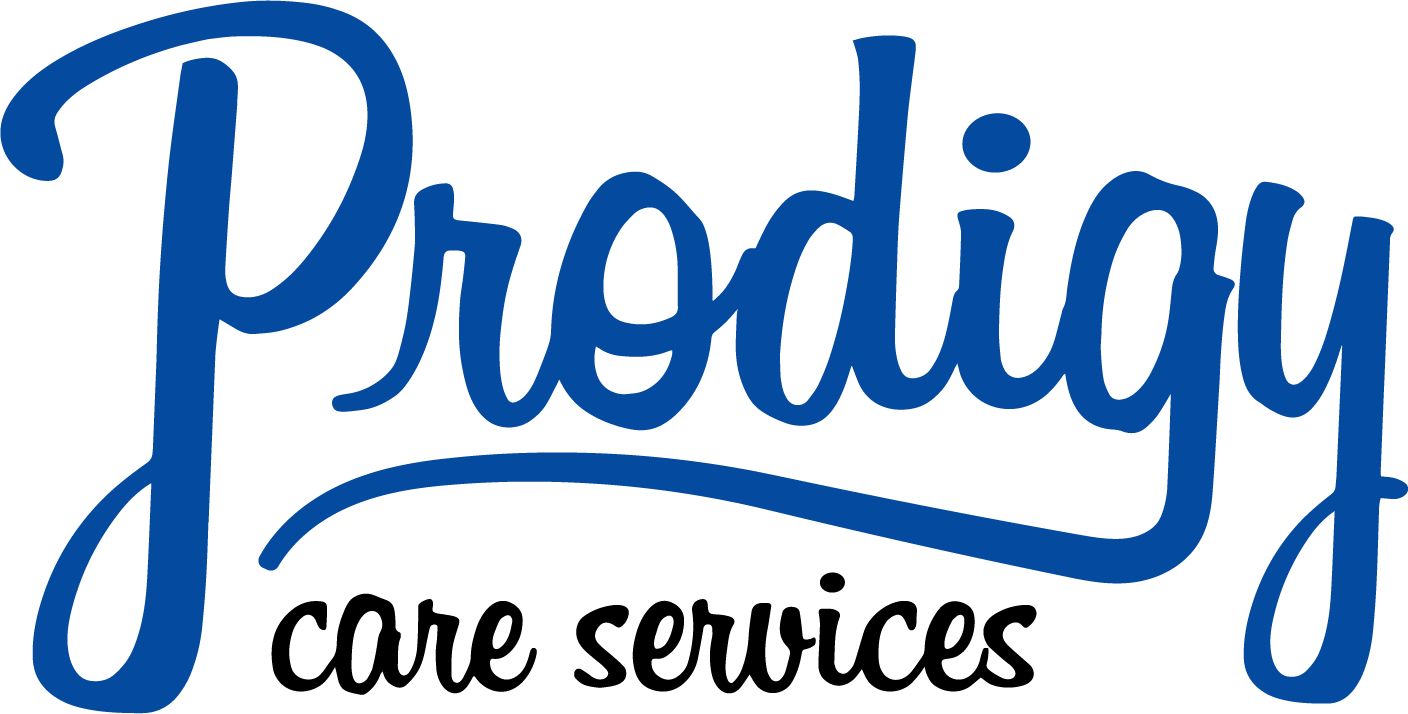Language Barriers and Medication Errors in Workers’ Compensation Pharmacy Care
Summary:
Language barriers aren’t just communication gaps—they’re clinical risk factors. In workers’ comp pharmacy care, Limited English Proficiency (LEP) patients face higher odds of medication errors, poor adherence, and delayed recovery. Clear communication, interpreter access, and translated instructions aren’t optional—they’re essential safeguards for safety, cost control, and better outcomes.
When an injured worker can’t understand their medication instructions, the smallest pill can become the biggest risk. For patients with Limited English Proficiency (LEP), unclear communication can lead to dosing mistakes, missed therapies, and preventable harm—turning recovery into a guessing game.
What’s at Stake
Roughly 20% of the U.S. population speaks a language other than English at home, and more than 40% workers in essential labor sectors like construction, agriculture, and manufacturing—industries where workplace injuries are common³. When LEP patients enter the workers’ compensation system, they often interact with multiple prescribers, pharmacists, and case managers. Without language support, every handoff raises the risk of medication errors, poor adherence, and delayed recovery.
Why Communication Matters
Pharmacy care runs on clarity. When communication breaks down, errors multiply—wrong dose, wrong timing, wrong outcome. Al Shamsi et al. (2020) found that language barriers directly reduce treatment efficacy and satisfaction, leading to more adverse outcomes¹. For LEP patients, even a missed explanation or untranslated label can mean misused pain medications, unmanaged side effects, or discontinued therapy—all costly setbacks in recovery.
How Language Barriers Disrupt Medication Safety
1. Medication Counseling Breakdowns
LEP patients often struggle with written medication instructions and report lower adherence rates⁷. Without interpreters or translated materials, key details—like dosing schedules or drug interactions—get lost. Studies show LEP patients are more likely to experience serious medical errors than English-speaking peers⁴, particularly with high-risk drugs like opioids and muscle relaxants.
2. Missed Side Effect Recognition
Language barriers reduce care quality and delay adverse event reporting³. Many LEP patients can’t distinguish expected side effects from warning signs, leading to untreated complications or ongoing use of medications that should be stopped.
3. Lower Adherence and Therapeutic Failure
Research shows LEP patients make dosing errors twice as often². Missed doses or incorrect timing undermine treatment success, extend disability duration, and inflate costs.
4. Higher ER Visits and Hospitalizations
LEP patients have fewer outpatient visits, higher 30-day readmission rates, and worse outcomes overall²—often because they receive discharge instructions they can’t fully understand.
5. Medication Reconciliation Gaps
Accurate med-rec requires the patient to describe what they take, how, and why. For LEP patients, this step often collapses. They may not know drug names or side effects, making reconciliation during transitions of care error-prone⁸⁹¹⁰.
What Works: Pharmacy Interventions That Close the Gap
1. Interpreter Services
Professional interpreters—on-site, by phone, or video—are the single most effective safeguard. They improve medication counseling, reconciliation, and discharge clarity. Without them, pharmacists risk missing critical details that compromise care.
2. Translated Medication Materials
Medication labels and instructions in a patient’s preferred language dramatically improve comprehension, adherence, and safety. Prescribers can proactively direct LEP patients to pharmacies offering multilingual or verbal translation support⁷.
3. Systemic Improvements
Even when resources exist, awareness is low. Divi et al. (2015) found significant underuse of available language assistance among pharmacists⁶. Systemic fixes—like collecting race/ethnicity/language (REL) data, flagging LEP patients in scheduling systems, and using teach-back methods—can close the gap. Visual aids and pictorial labels also help overcome literacy and language barriers⁸.
Takeaway
Limited English Proficiency shouldn’t mean limited safety. Every injured worker deserves clear communication, safe medication use, and confidence in their care. When pharmacists, payers, and case managers prioritize language access, outcomes improve—fewer medication errors, lower readmissions, and faster recoveries.
In workers’ comp, clarity isn’t just a courtesy—it’s clinical precision.
By Ashley Lozano
PharmD Candidate (P4)
For questions, e-mail pharmd@prodigyrx.com
Citations
1. https://pmc.ncbi.nlm.nih.gov/articles/PMC7201401/2. https://pmc.ncbi.nlm.nih.gov/articles/PMC10855368/3. https://pmc.ncbi.nlm.nih.gov/articles/PMC8765509/4. https://www.ahrq.gov/health-literacy/professional-training/lepguide/exec-summary.html#why5. https://www.nilc.org/wp-content/uploads/2023/07/Expanding-Health-Care-Access-for-Individuals-with-Limited-English-Proficiency.pdf6. https://pmc.ncbi.nlm.nih.gov/articles/PMC4548430/7. https://www.sciencedirect.com/science/article/pii/S155174111000080X8. https://www.japha.org/article/S1544-3191(15)31736-2/fulltext9. https://www.sciencedirect.com/science/article/pii/S0738399122008916?via%3Dihub10. https://www.ncbi.nlm.nih.gov/books/NBK2648/

